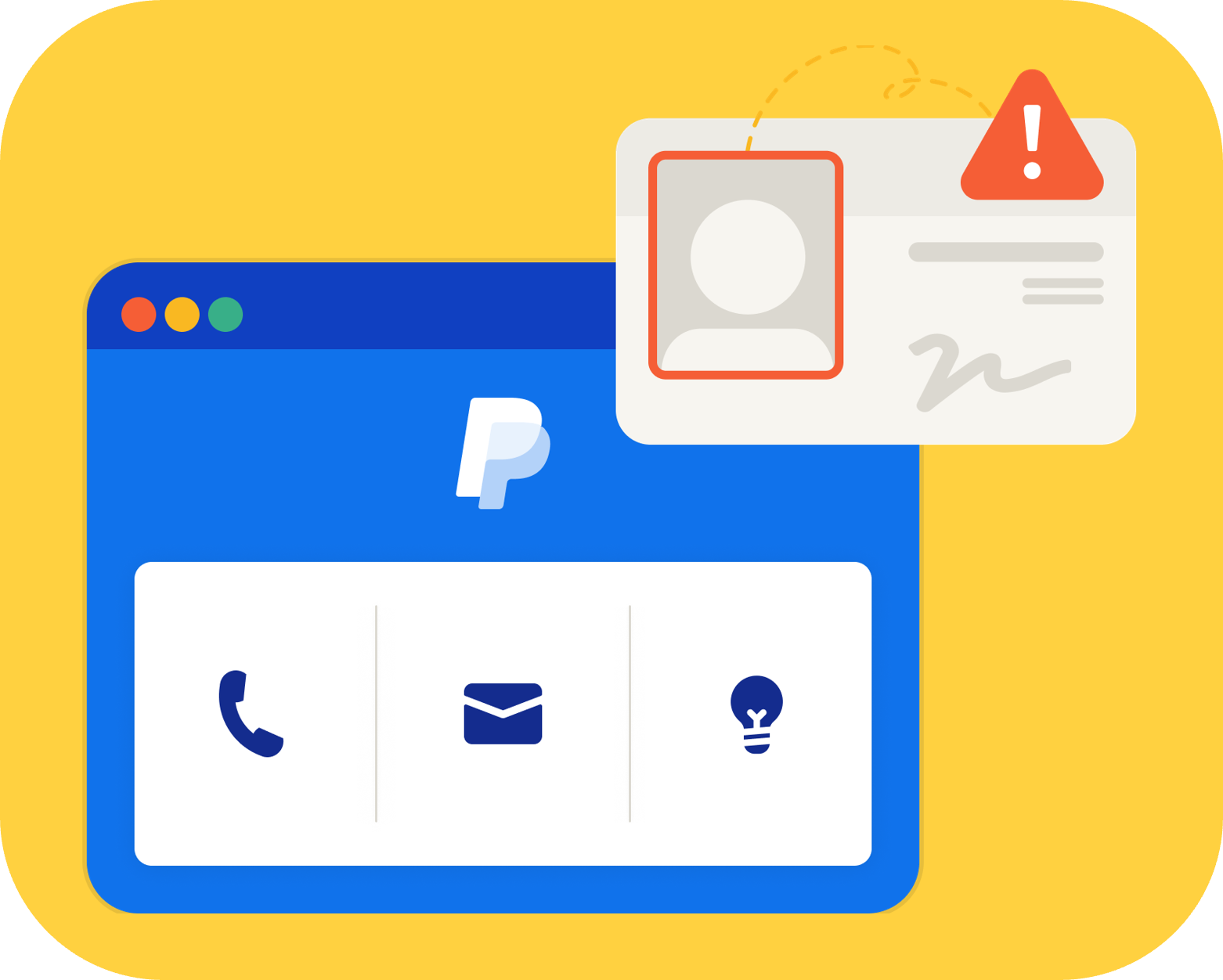
No matter where you trade – online or offline – there’s always a risk of fraud. With recent data breaches in Australia, that risk of fraud has potentially increased as consumer identities have been made vulnerable to theft.
At PayPal, protecting your business is our top priority. With industry-leading security solutions that keep your business more secure we strive to set the standard for fraud prevention. Our sophisticated technology, well-engineered processes and top-notch fraud intelligence help safeguard your money and your details 24x7.
“The impact of significant data breaches can be catastrophic for businesses of all sizes and devastating for customers,” said Daniela Fernandez, Head of Information Security for PayPal Australia. “Fortunately, some of the most important steps a business can take to reduce the risk of fraud are also the simplest and cost nothing but awareness and vigilance.”
When making sales, consider our fraud prevention checklist. It will help you identify potentially fraudulent transactions from stolen credit cards or accounts and minimise the risk of chargebacks and claims of items not received.
Business Fraud Prevention Checklist
Does the shipping address appear suspicious?
- Is it a high risk location, such as a vacant property, a public park, hotel, or a country known for fraud?
- Have you previously received claims or chargebacks from this buyer?
- Is the buyer requesting overnight shipping for an expensive order that’s in high demand?
- Are there multiple orders being shipped to different buyers at the same address within a short period of time?
Does the order seem too good to be true?
- Is it a larger than average order from a new buyer?
- Has there been an overpayment, followed by a request to wire the difference?
- Have you received a large quantity of orders from the same buyer (name, email address, phone number or IP address) within a short period of time?
- Has the buyer ordered an unusually large number of the same item?
- Has the buyer asked you to use their shipping service?
If you’re suspicious…
- Check the buyer’s contact information (name, phone number and email address) against the shipping address and look for consistent/matching information.
- Search the internet for the buyer’s name, shipping address, email address and phone number.
- Search online to see where the phone number is registered.
- Use an online maps service (like Google Maps) to see where the order is being shipped to.
- Call the buyer and ask questions that help verify the order.
- Follow the guidelines in our Seller Protection Policy.
- If you’re still not sure if the transaction is legitimate, please Contact Us.
Our industry-specific tips are for businesses vulnerable to more specific types of fraud – sellers of digital goods, airlines and hotels.